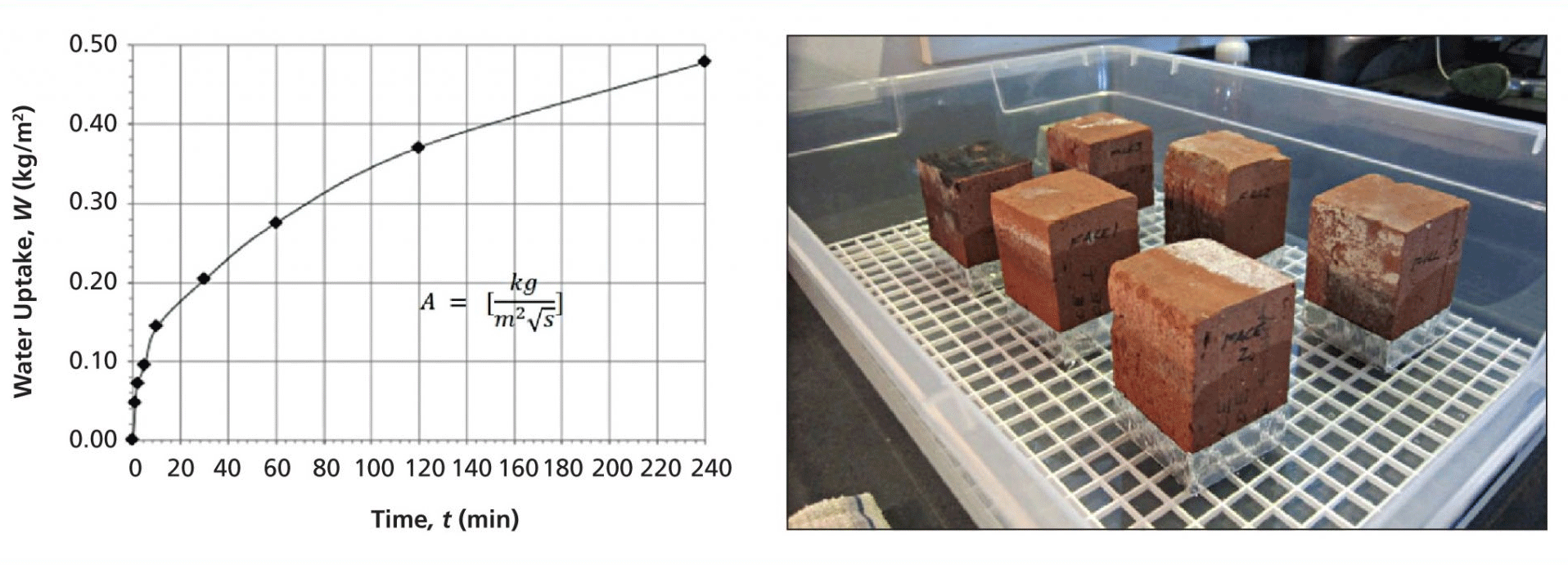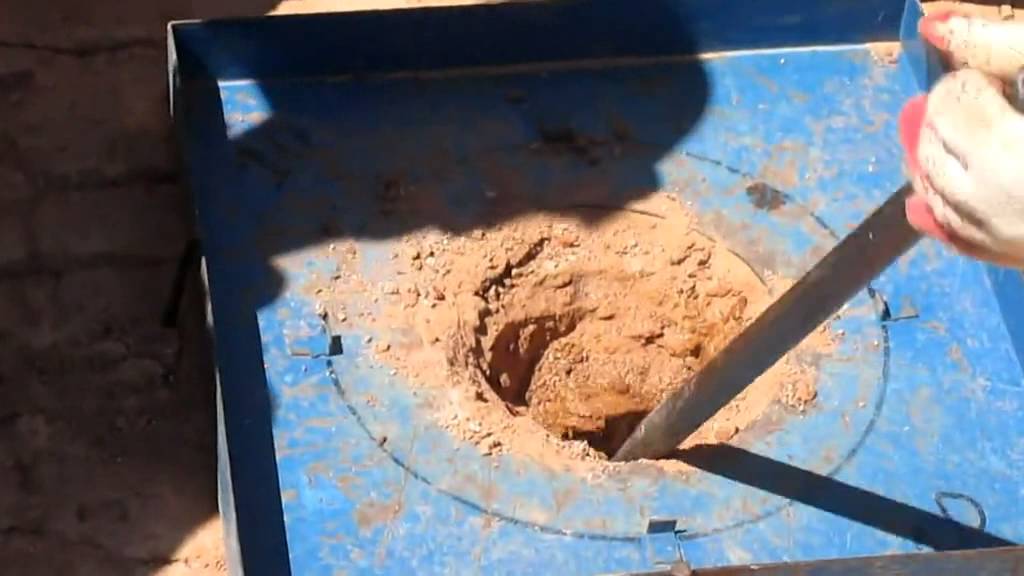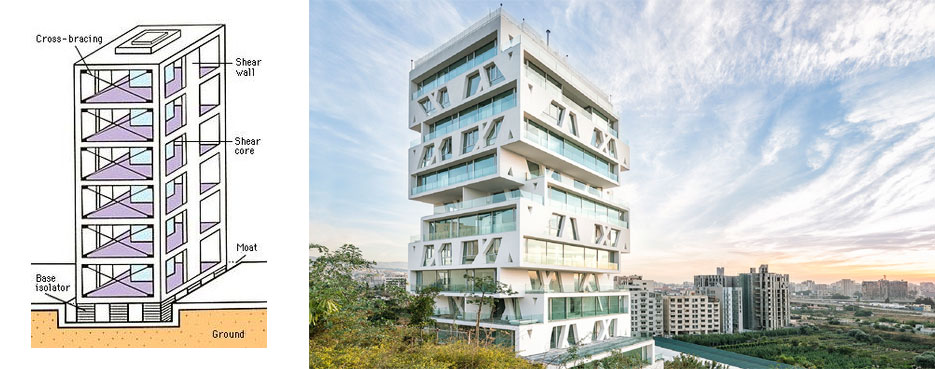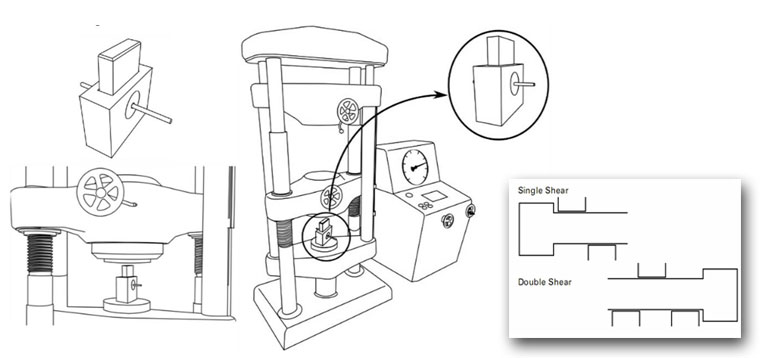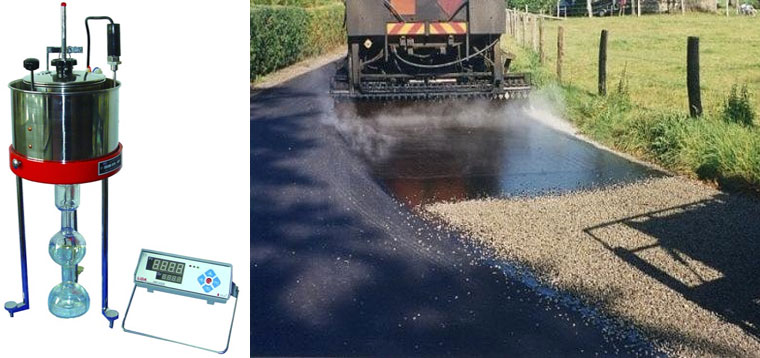Water Absorption Test on Bricks
Objective: To ascertain the percentage of water absorption of bricks Apparatus A delicate balance which is capable of weighing within 0.1% of the weight of the sample and aired oven. Specimen Three numbers of whole bricks from specimen gathered for testing has to be undertaken. Process Put out the sample for drying in a well- […]
Read More →
